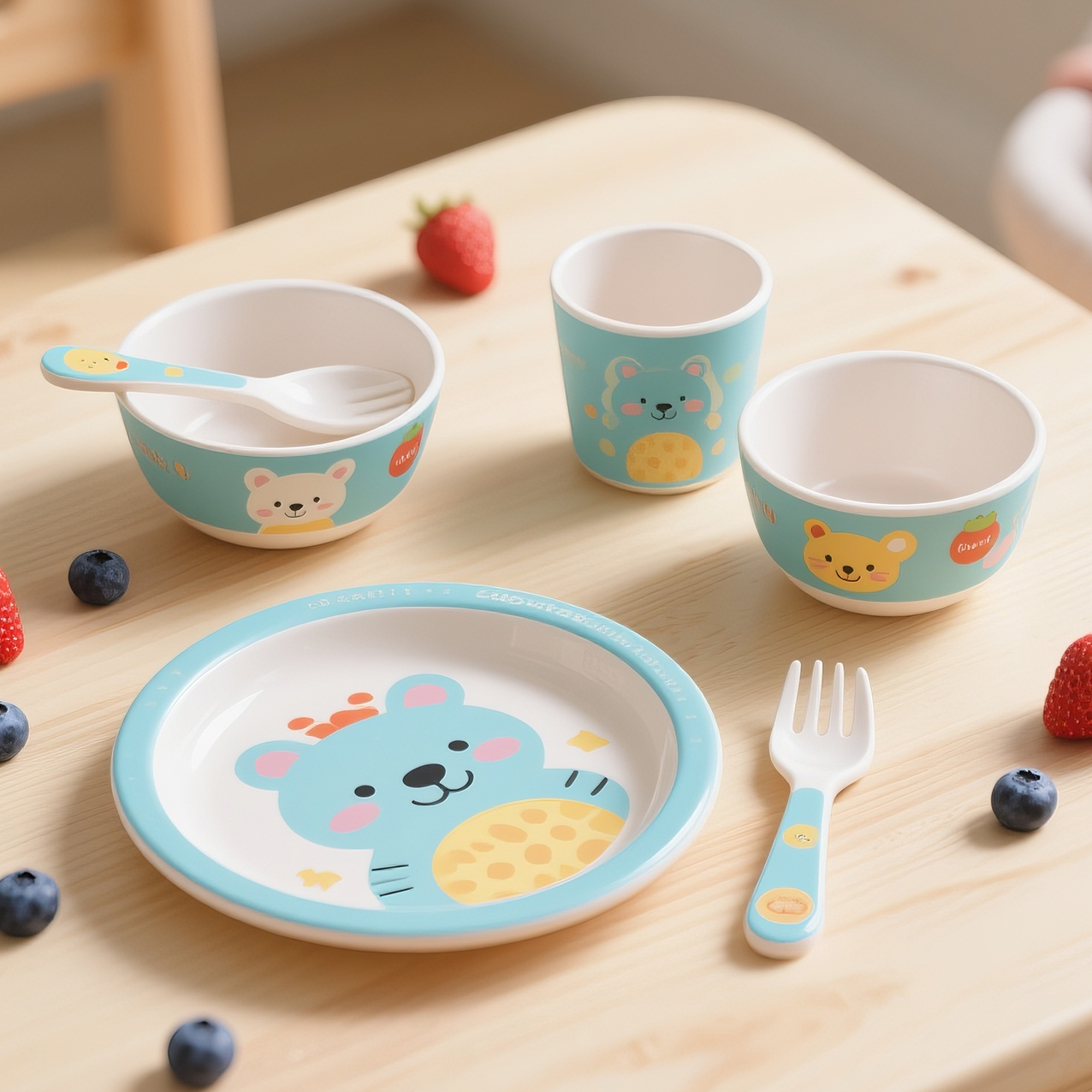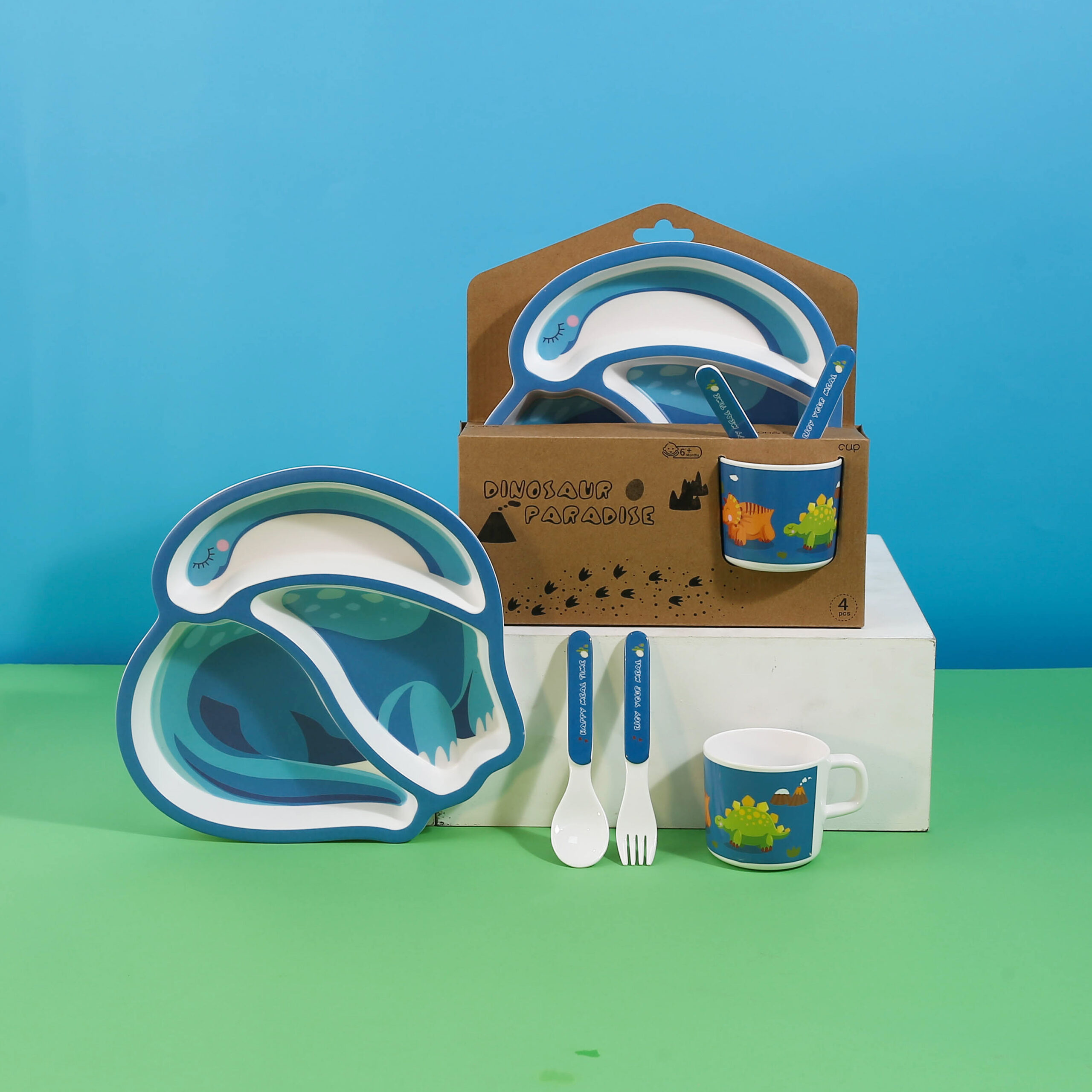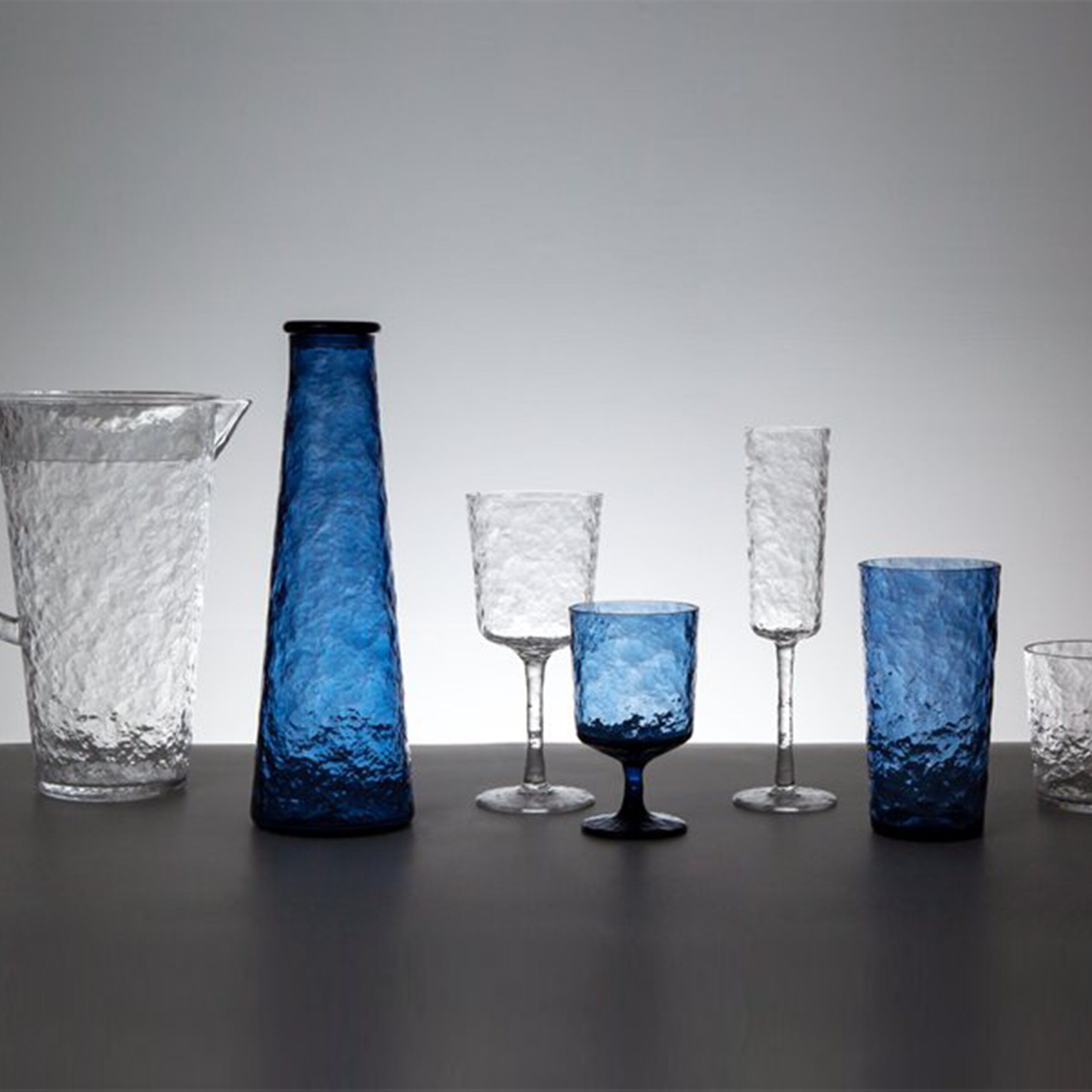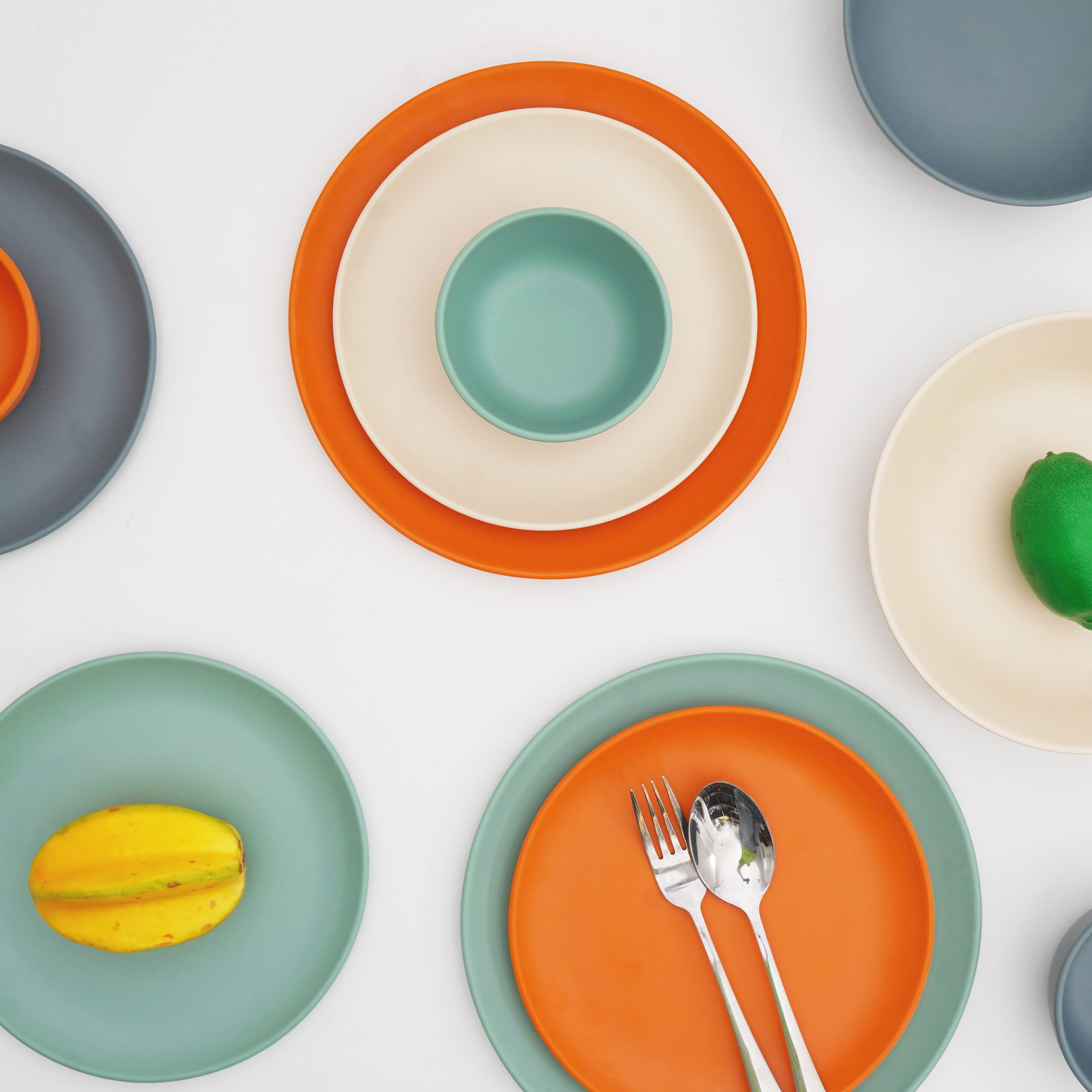A recent study by the American Dining Etiquette Research Association revealed that 70–80% of Americans pay close attention to how dining ware is placed and used during formal meals. This shows that table etiquette is deeply valued in Western culture. But why does proper use of dining ware matter so much? And what rules should you follow to navigate a Western dining setting confidently?
This guide explores key rules, placement strategies, and usage precautions for dining ware, helping you avoid common mistakes and present yourself with poise at any meal.
I.Why Dining Ware Etiquette Matters
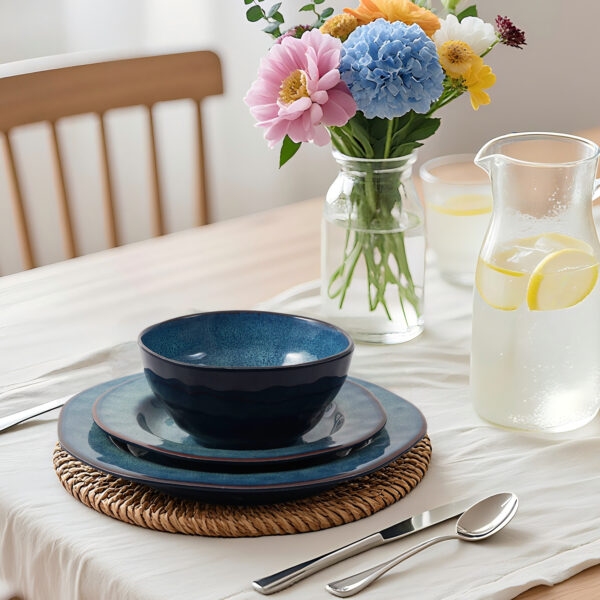
In Western dining traditions, dining ware plays a role far beyond simple function. It reflects cultural values such as respect for others, discipline, and social awareness. At formal dinners, business meetings, and social events, your ability to handle dining ware properly leaves a lasting impression.
For example, choosing the wrong fork for a salad or resting your elbows on the table can be viewed as careless or unpolished. On the other hand, using utensils confidently and observing proper etiquette signals sophistication and adaptability in any setting.
II.Understand the standard layout of tableware
The arrangement of dining ware follows a logical sequence designed for convenience. One key principle is to use the outermost utensils first and move inward as new courses are served. Here’s a practical reference:
| Dining Ware Item | Placement Position | Notes |
| Dinner Plate | Center of the setting | Serves as the base for all other dishes |
| Forks | Arranged on the left side of the plate | Outer fork intended for starters, inner fork reserved for the main course |
| Knives | Right of the plate | Place with blades facing inward |
| Spoons | Right of the knives | Soup spoon positioned outermost |
| Glassware | Above the knives, slightly to the right | Water glass first, followed by wine glasses |
| Napkin | Usually placed neatly on the center of the plate or beside the forks | Remain folded until you are seated and ready to begin the meal |
This setup ensures diners know which utensil to pick for each course without hesitation.
III.How to Use Dining Ware Properly
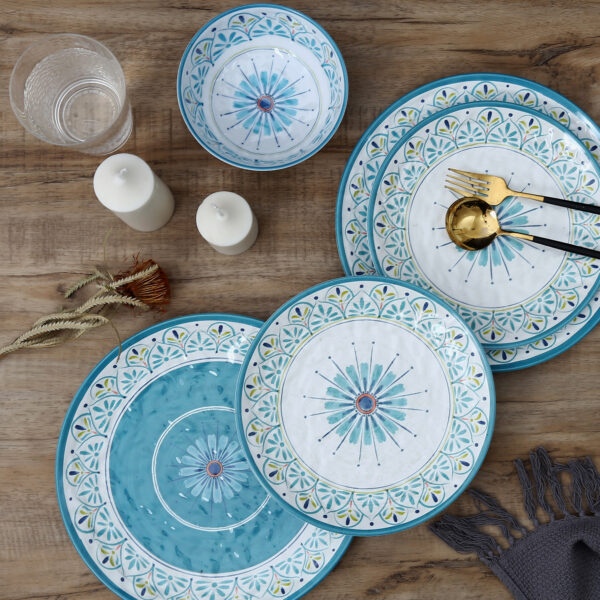
1. Dining Ware Handling: Forks and Knives
- With Continental dining etiquette, hold your fork in the left hand and the knife in the right hand, maintaining this position for both cutting and eating to avoid unnecessary switching.
- Cut food with a smooth, controlled motion instead of a sawing action.
- Once finished with your meal, place the knife and fork side by side diagonally across your plate to indicate to servers that your place is ready to be cleared.
2. Dining Ware Rules for Spoons and Glasses
- Use the soup spoon only for liquid-based dishes. Scoop away from your body and sip quietly.
- Glasses should be held by the stem, not the bowl. This avoids leaving fingerprints and helps maintain the ideal temperature of the drink.
- Begin with the water glass, then move on to wine glasses in the order they’re offered throughout the meal.
3. Dining Ware Napkin Precautions
- After taking your seat, gently open your napkin and place it across your lap before the first course arrives.
- Press the napkin lightly against your lips as needed to keep them clean, avoiding any vigorous rubbing.
- If stepping away from the table during a meal, drape your napkin over the back of your chair to discreetly signal you will return.
IV.Common Dining Ware Mistakes to Avoid
Many people unknowingly make small errors with dining ware during meals. Below are frequent mistakes and ways to correct them:
- Leaning your elbows on the table surface or resting both hands flat while others are eating
- Choosing the wrong spoon for a course, such as taking a dessert spoon for soup or using a soup spoon for desserts, which may create confusion during a formal setting
- Switching the fork between hands after cutting—a common American habit but less appropriate in formal European dining
Being aware of these pitfalls helps maintain graceful table manners.
V.Dining Ware Etiquette for Different Occasions
Proper etiquette varies slightly depending on the type of dining event. Here’s a breakdown to help you adapt:
| Occasion | Dining Ware Precautions |
| Business Lunch | Keep gestures minimal; avoid noisy movements with utensils |
| Formal Dinner | Follow the host’s lead carefully and use utensils starting from the outside toward the plate |
| Casual Gathering | Relax slightly but maintain essential etiquette |
| Gala Banquet | Pay attention to utensil changes as courses progress |
By adjusting your approach based on the event, you can ensure your dining ware use feels appropriate and confident.
VI.Conclusion
Mastering the rules and precautions for using Western tableware is not about memorizing endless details—it’s about practicing key habits that show respect for your dining companions and confidence in any setting. From understanding where each utensil belongs to using napkins correctly, proper dining ware etiquette helps you make a polished impression whether at a corporate dinner, a wedding banquet, or a casual brunch.
Start refining your table manners today so you can approach every meal with ease and assurance.



